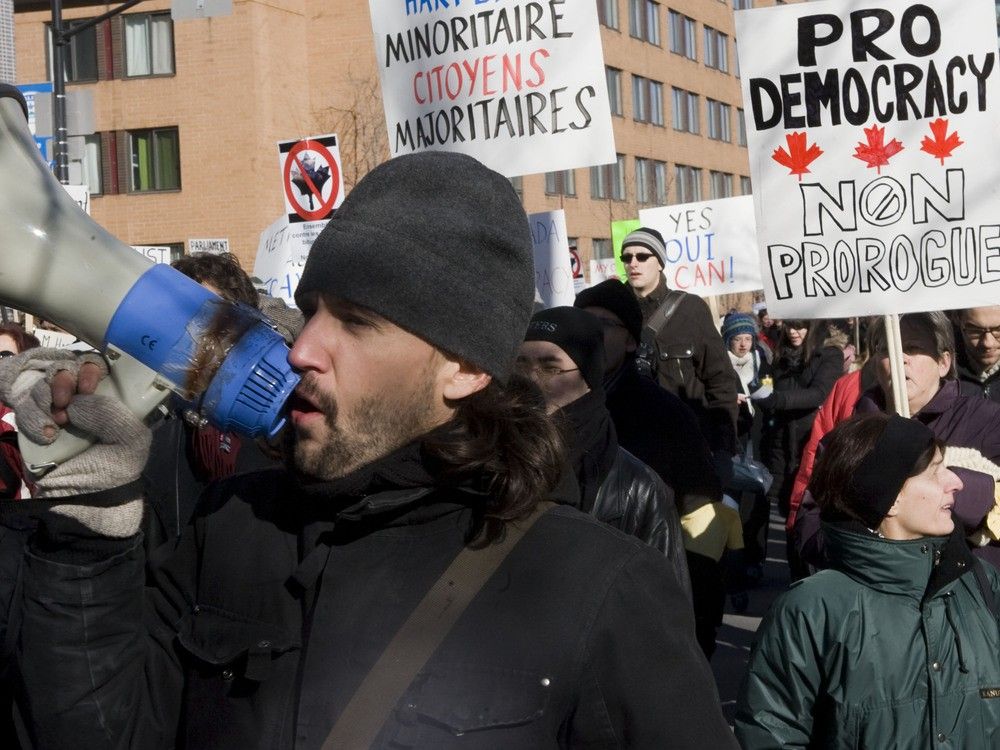
Trudeau’s Potential Prorogation of Parliament: A Risky Move for 2025
Proroguing Parliament, a political maneuver to avoid a confidence vote, is once again being discussed by some members of the Liberal Party, and this time it carries considerable risks for Prime Minister Justin Trudeau. A similar move in 2008, when Stephen Harper prorogued Parliament to prevent a government defeat, sparked significant controversy. Back then, critics saw it as an opportunistic tactic to cling to power in a volatile political landscape. Now, with Trudeau facing growing pressure and criticism, the idea of proroguing Parliament once again has resurfaced, but this time, it might be a move fraught with greater consequences.
In 2008, when Harper prorogued Parliament, his government was on the brink of defeat following a coalition agreement between the opposition parties. The prorogation allowed him to avoid the immediate risk of a confidence vote and potentially losing power. Fast forward to today, and Trudeau is considering a similar tactic to escape a confidence vote expected when Parliament resumes. The move has sparked debate within his party, with some arguing that prorogation could give the government time to regroup, hold a leadership race, or delay an inevitable defeat. However, unlike in 2008, where the opposition parties’ coalition was seen as unstable, the situation now seems more straightforward: a confidence vote would simply lead to a new election, not an unstable government.
Also Read:- Dan Lanning Takes Responsibility for Oregon's Disappointing Rose Bowl Defeat to Ohio State
- Percassi Reveals Atalanta's Bold Strategy in Supercoppa Clash Against Inter
The situation is further complicated by the fact that Trudeau has already faced significant internal calls to step down. Public support for the Liberal Party has plummeted, with approval ratings at an all-time low, and many within the party believe that a leadership change might be necessary to rejuvenate their chances in the next election. Proroguing Parliament in this case might be seen as a desperate move to avoid confronting the inevitable, and it could backfire, making the government appear weak and indecisive.
Furthermore, the idea of prorogation raises constitutional concerns. While prorogation is a tool available to the Prime Minister, it has a clear purpose: to suspend Parliament temporarily. It is not meant to be used as a political ploy to avoid facing a confidence vote or an election. Critics argue that proroguing in this context undermines democratic principles, as it could prevent elected representatives from holding the government accountable.
Despite these concerns, there are some who believe prorogation could serve as a necessary pause for the government. Thunder Bay-Rainy River MP Marcus Powlowski, for example, has expressed his support for the move if it allows the party to reset and potentially select a new leader. He suggests that, in essence, prorogation would merely formalize what is already happening in Parliament: a suspension of progress due to the confidence dispute with opposition parties.
However, this argument ignores the bigger picture. The Canadian public may view such a move as an avoidance of responsibility, further eroding trust in the government. The optics of prorogation could send a message that the government is unwilling to face the consequences of its actions, rather than embracing transparency and accountability.
So, while prorogation is within the Prime Minister's powers, its use in 2025 would not only be politically risky but also undermine the democratic process. The Canadian public deserves leadership that faces challenges head-on, rather than retreating behind procedural tactics to avoid accountability. Proroguing Parliament might seem like a way out in the short term, but it risks prolonging the political instability and distrust that has been building within the Liberal Party and the wider public. The real solution may lie in leadership renewal and a commitment to restoring the confidence of Canadians, not in postponing the inevitable.
Read More:



0 Comments